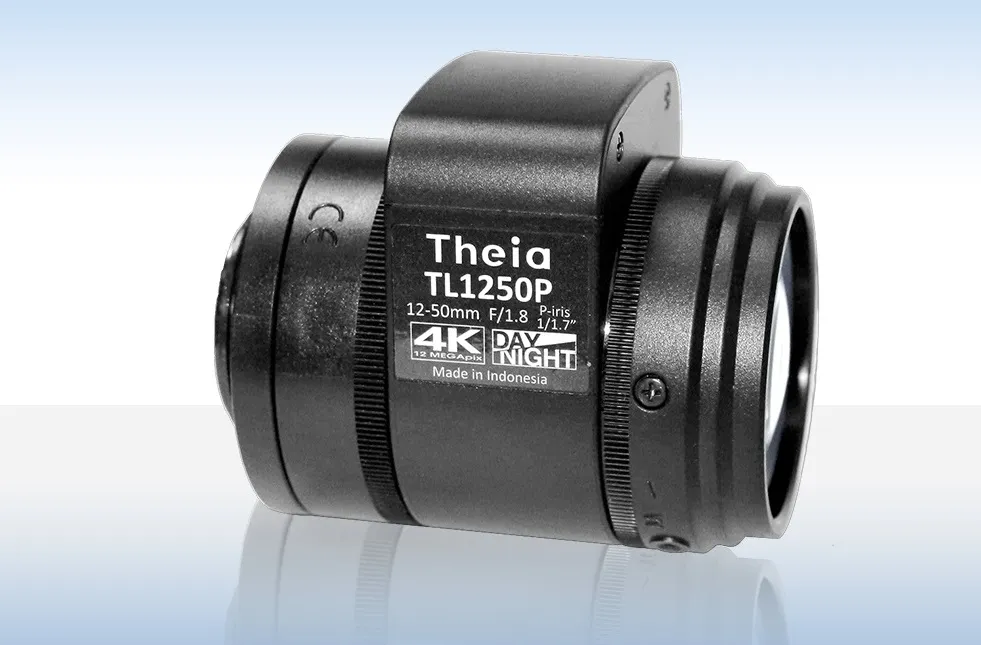The autonomous cars developed by VTT Technical Research Centre of Finland are able to exchange information with each other and their driving environment. They are able to follow a pre-programmed route and avoid collisions with sudden obstacles without input from the driver. The cars currently require the lane markings or sides of the road to be visible. However, by 2020, VTT says the cars will be driving in more demanding conditions on roads covered in gravel and snow. The autonomous cars feature a thermal
May 18, 2017
Read time: 2 mins
The autonomous cars developed by 814 VTT Technical Research Centre of Finland are able to exchange information with each other and their driving environment. They are able to follow a pre-programmed route and avoid collisions with sudden obstacles without input from the driver. The cars currently require the lane markings or sides of the road to be visible. However, by 2020, VTT says the cars will be driving in more demanding conditions on roads covered in gravel and snow.
The autonomous cars feature a thermal camera for observing people and animals; a stereo camera and radar for high-resolution scanning of the vicinity; laser scanners and long-range radars for seeing further; and GPS/Glonass receivers for positioning. The cars also have inertia units to determine direction and acceleration. The actuators are cylinders and motors. The sensors and actuators are connected by intelligence that creates a situational awareness and controls the actuators so that the car moves as planned at an accuracy of milliseconds and centimetres.
According to project manager Matti Kutila, the next step for VTT's automated cars will be changing the wavelengths of the optical components, increasing the resolution of the radar and building more intelligence into the software monitoring the capabilities of the sensors. These are intended to tackle demanding weather conditions.
Different scenarios are added step by step in the development of the autonomous cars, such as cities, main roads, snow, exit ramps that the car can manage, while increasing the driving speed and managing difficult driving conditions with improved intelligence.
The autonomous cars feature a thermal camera for observing people and animals; a stereo camera and radar for high-resolution scanning of the vicinity; laser scanners and long-range radars for seeing further; and GPS/Glonass receivers for positioning. The cars also have inertia units to determine direction and acceleration. The actuators are cylinders and motors. The sensors and actuators are connected by intelligence that creates a situational awareness and controls the actuators so that the car moves as planned at an accuracy of milliseconds and centimetres.
According to project manager Matti Kutila, the next step for VTT's automated cars will be changing the wavelengths of the optical components, increasing the resolution of the radar and building more intelligence into the software monitoring the capabilities of the sensors. These are intended to tackle demanding weather conditions.
Different scenarios are added step by step in the development of the autonomous cars, such as cities, main roads, snow, exit ramps that the car can manage, while increasing the driving speed and managing difficult driving conditions with improved intelligence.










